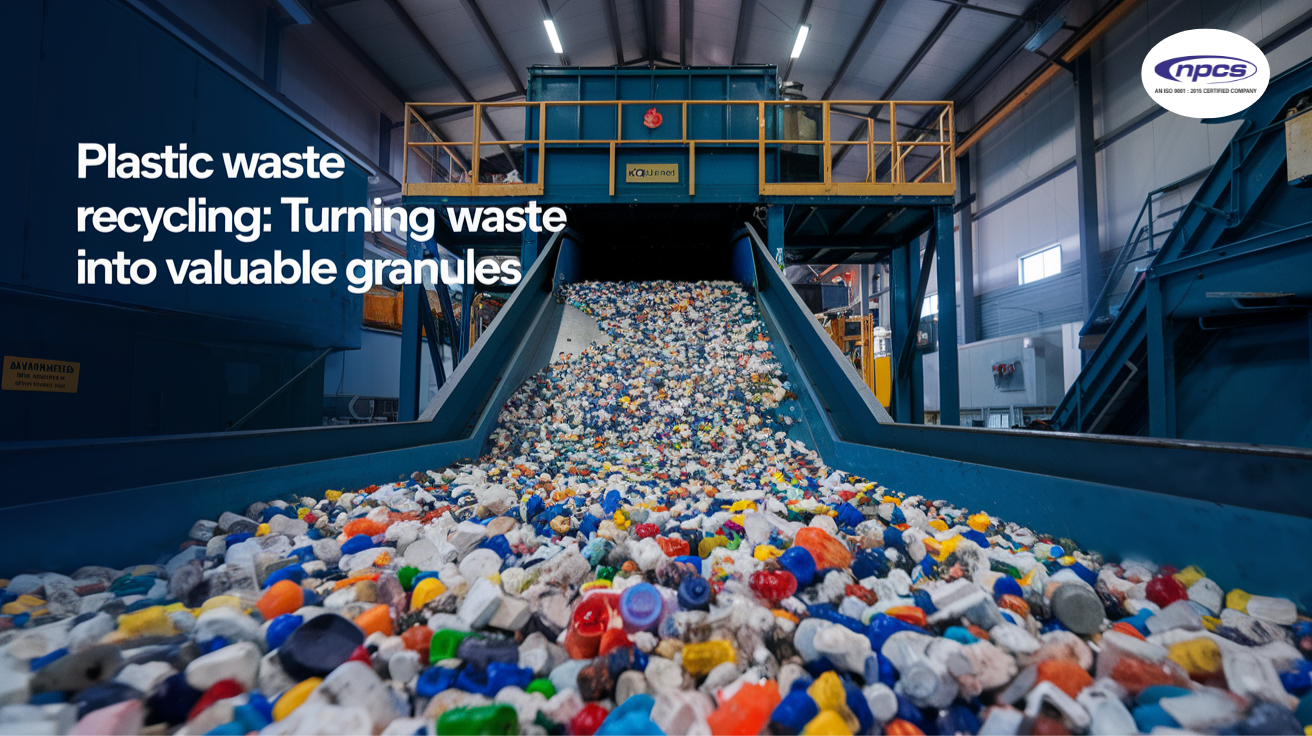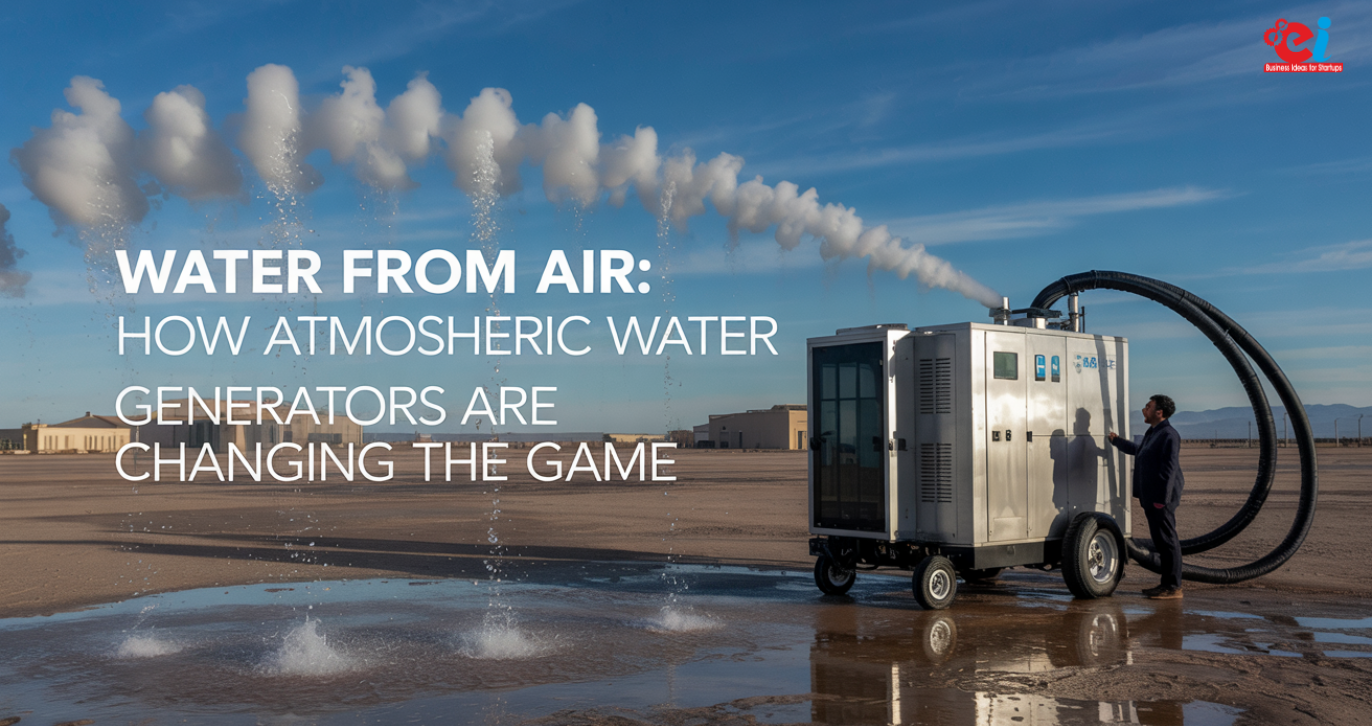Within renewable sources of energy, the solar panels manufacturing has become central to the well-being of the presented energy-related solutions. The complex system of solar panels production process consists basically of a number of operations which deal with the transformation of various factors into efficient mechanisms used for solar energy equipment. So this branch of the economy is set to bear the fruits of cleaner energy, renewable sources of energy to be specific. Hence this article explores the various processes involved in the solar panels manufacturing looking at improvements made, the implications on the environment and the outlook of this ever-changing technology.
The Foundation of Solar Panel Manufacturing
The initial stage of the process of production of solar panels may be considered on the use of solar energy equipment, among which the well-known synthetic polymer silicon can be singled out, which, as it can be understood, is the basic material for the solar panels manufacturing. This element is also important from the point of view of the solar panels production process, because it is the backbone of the photovoltaic technology, which is used in the solar panels to convert the rays of the sun into electric energy.
Silicon Processing: The Initial Phase in Solar Panel Production
The primary processes within the solar panels manufacturing entail obtaining and refining silicon from quartzite. This procedure aims at the provision of high-purity silicons to be used in solar energy equipment among other components. Next, the purged silicon is heated in a furnace and poured into molds to shape cylindrical pieces known as ingots, which are then cut into thin disks or slices, cutting wafers also known as the wafers forming the bases in the solar panel production process.
From Silicon Wafers to Functional Solar Cells
An important phase of solar panel manufacturing focus is change of silicon wafers to solar cells. Each of the sub-steps in this stage is intended to increase as much as possible the capability of the wafers to take in sunlight and produce electrical energy out of it.
Doping and Anti-Reflective Coating
Such processes include silicon wafer doping to form the required p-n junction as the basic requirement for the photovoltaic effect in the course of solar panels production process. And finally, an antireflective layer is deposited for better light trapping, one of the significant parameters of solar energy equipment operation efficiency.
Quality Control During Solar Cell Production
Stringent quality control measures guarantee the production of only those solar cells that can perform and last for a long time. Such attention to detail is characteristic of the advanced solar panel manufacturing processes.
Assembling the Solar Panel
The next step is the solar panel production process after the solar cells have been made is the assembling of the solar cells into a panel unit. This means the stacking and bonding of several layers into a strong and effective solar energy equipment.
Cell Interconnection and Lamination
Solar cells are connected to each other using conductors in-between protective layers such as tempered glasses and polymeric sheets. This is then overlaminated to protect internal elements that are raw from environmental damage thereby enhancing durability and reliability in different climates.
Innovations in Solar Panel Manufacturing
Solar panel manufacturing assembly is a growing field of practice with newer applications developed that enhance efficiency and potential use of solar energy equipment.
Cutting-Edge Technologies in Solar Panel Production
Some of the recent developments are the thin film technologies, the bifacial, and perovskite solar cells. These advancements will highly impact solar panel manufacturing in that they will allow for high efficiency and extended application of the solar energy equipment.
Automated Manufacturing Processes
Robotic automation is changing the way solar panels production process are built up, making the process more accurate and less wasteful while achieving the desired level of quality all the time. Robotic systems and artificial intelligence systems are the main reasons why this change is happening.
The Environmental Impact of Solar Panel Manufacturing
On the other hand, the solar panel production process, although it aids in the generation of clean energy, has some negative effects on the environment. The manufacturers are now implementing various new approaches in order to overcome such challenges and ensure that solar energy equipment has a less harmful product lifecycle.
Sustainable Practices in Solar Panel Production
The adoption of green strategies, such as salvaging residual production waste and harnessing sustainable power in production plants, is on the rise. They are focused on reducing the impact on the environment caused by the solar panels manufacturing.
Reducing Carbon Emissions
Along with solar panels production process proving energy efficient investments are more induced energy than green gas emissions, transforming attributing to solar energy equipment technology, the problem of clean energy becomes largely solved.
The Economic Landscape of Solar Panel Manufacturing
The expansion of solar panels manufacturing has offered prospects for many economies in the world today. This sector enhances technological development as well as creates jobs in some other sectors too.
Global Market Trends in Solar Energy Equipment
Factors such as falling prices of solar energy equipment in the market and increased sensitization on climate change are fuelling increased demand for solar energy equipment. Nations are spending enormous amounts of money on the processes of building and developing the solar panels so as to enhance their energy self reliance and also their energy sustainability.
Job Creation and Economic Growth
Solar panel manufacturing is Growing and creating employment and economic development to places that emphasize on renewable energy, from research and development to work on conveyor belts.
The Future of Solar Panel Manufacturing
Technological innovations such as new machinery together with increased global power supply requirements will bring changes to the present of solar panel production process equipped devices..
Next-Generation Solar Panel Technologies
Investigations into materials such as graphene and the invention of tandem solar cells will have cheaper manufacturing costs as well as more efficiency. These innovations may revolutionize the market for solar energy equipment making them easily affordable and effective.
Global Expansion of Solar Energy Equipment Production
The expansion of solar panels manufacturing is both being financed by the government and private sector in order to cut down the use of oil. A great deal of opportunities is anticipated in the development of solar panels in the energy systems both horizontally and vertically.
Conclusion: A Bright Future for Solar Panel Manufacturing
The solar panel manufacturing process is a true testament to humanity’s resourcefulness and commitment towards a better tomorrow. The entire solar panel production process, starting from extracting raw silicon to making sophisticated solar panels, deals with solutions such as clean energy, which are rapidly changing the energy map of the planet.
Due to the proliferation of innovations, there is increasing the capacity of solar panels manufacturing to contribute to a cleaner environment. The sector deals not only with the manufacture of modern energy saving solar energy equipment. It is about making the world predominantly powered by clean energy which is good for the future of humanity.
Through improvement of practices and new technologies, the solar panels production process is getting cheaper, more effective and ‘green’ at the same time. Such transformation strengthens the positioning of solar energy devices as the building blocks of the sustainable energy transformation, showing ways of engineering the future without a crisis.









